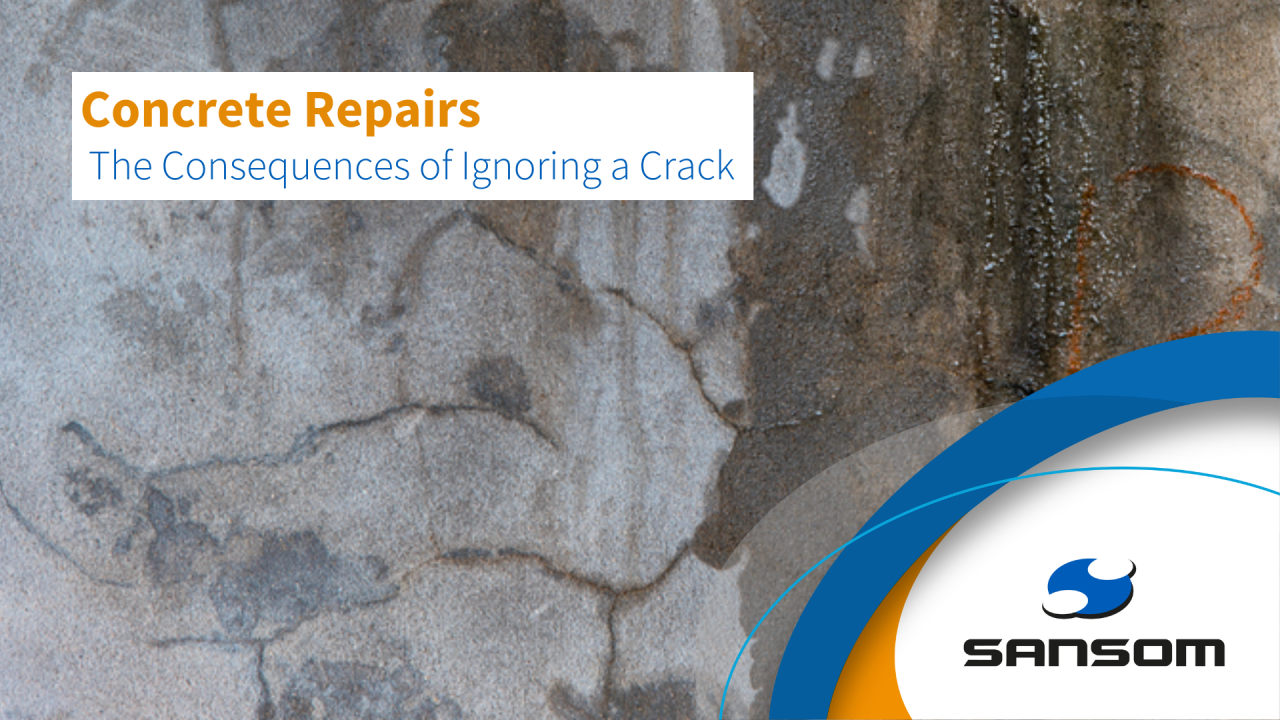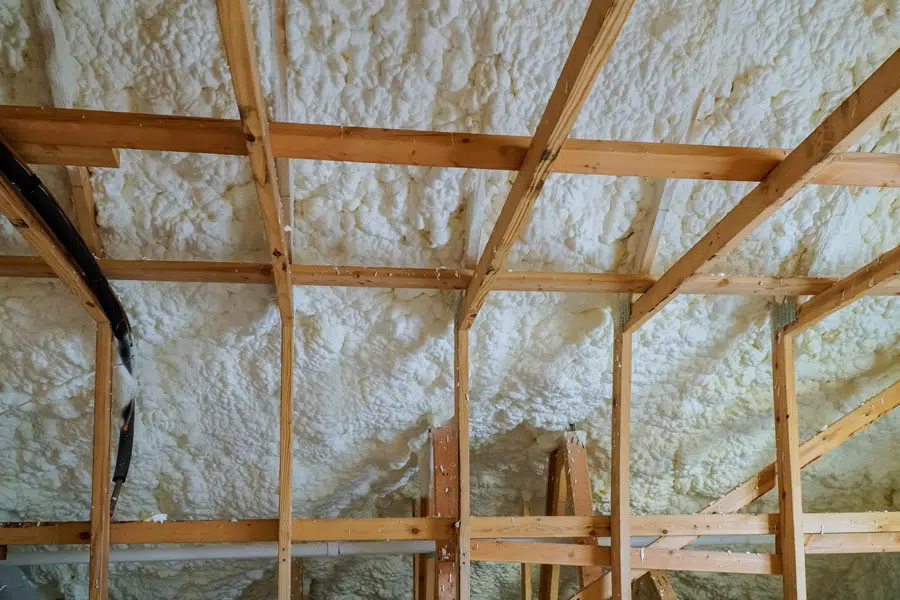If you’re looking for a powerful cutting tool that can handle tough materials like metal, wood, and plastic with ease, a vertical circular saw might just be the solution you need. But with so many options on the market, it can be difficult to know which one is right for your needs. In this article, we’ll dive into the key factors you need to consider when choosing the best vertical circular saw for your specific projects and requirements. Whether you’re a professional carpenter or DIY enthusiast, this guide will help you make an informed decision and get the most out of your investment. So let’s get started!
Blade Size And Type
Blade size and type are crucial factors to consider when choosing a vertical circular saw. Blade size determines the depth of cut, while blade type affects the quality of the cut and the material that can be cut. A larger blade allows for deeper cuts, making it ideal for thicker materials like hardwood and metal. However, larger blades also require more power to run, so you need to ensure that your saw has enough horsepower. The blade size and type of a machine play a crucial role in the quality and efficiency of the sanding process. The blade size determines the amount of material the machine can remove in a single pass, while the blade type affects the finish quality and the type of wood that can be sanded.
The blade type also affects the quality of the cut. For instance, carbide-tipped blades last longer than steel blades and produce cleaner cuts with fewer burrs or jagged edges. Carbide-tipped blades are ideal for cutting through hard materials like metals or dense wood. On the other hand, high-speed steel (HSS) blades are best suited for softer materials like plastics and non-ferrous metals.
Power And Speed
Power and speed are two crucial factors to consider when choosing a vertical circular saw. Power determines the cutting capacity of the saw, while speed affects its precision. In general, a more powerful saw can cut through thick materials with ease, making it ideal for heavy-duty tasks. Meanwhile, a faster saw is better suited for precise cuts as it reduces the likelihood of mistakes.
When considering power and speed, it’s important to think about your intended use for the saw. If you’re planning on using it for DIY projects or light carpentry work, then a lower-powered but faster saw may be sufficient. However, if you plan on tackling large construction projects or regularly working with dense materials like hardwoods or metals, then investing in a high-powered saw will make your job much easier.
Cutting Capacity And Depth
When it comes to choosing the best vertical circular saw for your needs, one of the most important factors to consider is cutting capacity and depth. This refers to how deep the saw blade can cut into a material and how wide it can cut through it. For those who work with larger materials or need to make deeper cuts, a saw with a greater cutting capacity and depth may be necessary.
The cutting capacity and depth of a saw are typically determined by the size of the blade and motor power. A larger blade will allow for wider cuts while a more powerful motor will enable deeper cuts. Before making a purchase, it’s important to determine what types of materials you will be working with and what sizes you will need to cut them in order to choose a saw with appropriate cutting capacity and depth.
Safety Features
Safety features are a crucial aspect to consider when purchasing a vertical circular saw. The first feature to look for is the blade guard, which should be sturdy and easy to adjust. It is also important to check if it has an automatic brake system that stops the blade from turning in case of an emergency.
Another safety feature to consider is the anti-kickback device that prevents wood from being thrown back at the operator. This can help prevent accidents and injuries while using the saw. Additionally, some saws come with laser guides that show where the blade will cut, making it easier for users to keep their hands out of harm’s way.
Price Range Options
When it comes to purchasing a vertical circular saw, you must consider your budget. Vertical saws come in varying price ranges, and it’s crucial to choose the one that best fits your needs and financial status. The cheapest options usually have fewer features but are perfect for small DIY projects. On the other hand, high-end models come equipped with more advanced features for professional use.
If you’re looking for a good mid-range option, then consider saws priced between $200 and $500. These models have better features than entry-level ones but not as powerful or versatile as top-tier products. They are great for home use or light commercial work.
Conclusion
Ultimately, choosing the best saw for you depends on a variety of factors that are specific to your needs. One important factor is the type of material you will be cutting. Different saws are designed for different materials, and using the wrong saw can result in poor performance or even damage to the saw. Another factor to consider is your level of experience with using power tools. If you are new to woodworking or DIY projects, it may be best to start with a simpler saw that is easier to operate.
In addition, consider the size and weight of the saw as well as its portability. Will you be using it in a fixed location or do you need a portable option? A heavier, larger saw may offer more power but could be difficult to move around if needed. Finally, think about your budget and how much you are willing to spend on a quality tool that will last for years.
By taking these factors into account, you can make an informed decision when selecting the right vertical circular saw for your needs. Remember that investing in a high-quality tool can save time and money in the long run by providing reliable performance over many uses.




